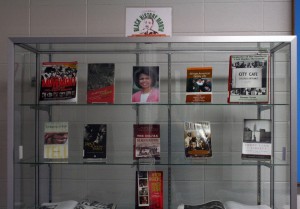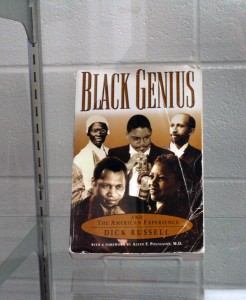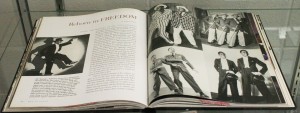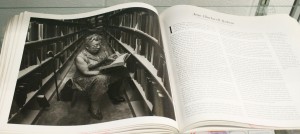In 1943, World War II was in full swing. U-boats were sinking, London was being bombed, the Trident Conference was taking place, Italy was being liberated by the Allies—and military squadrons were heading to Bowling Green, Kentucky.
Why did so many squadrons come to town? They were using Bowling Green as a part of their troop training. We know that our airport was used for training beginning in 1943. The 11th Tactical Reconnaissance Squadron was deployed to the Bowling Green Airport for about four months in 1943 and 1944 and some of the other divisions were probably doing air training as well, though the reasons for a tank division to be deployed here is less clear.
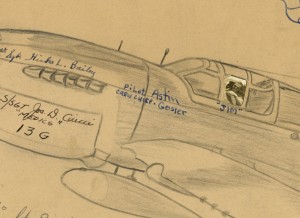
Jim the Pilot
Five military broadsides found in the WKU Archives were apparently made by different squadrons as thank you cards to the citizens of Bowling Green for their hospitality. These broadsides offer some interesting information about soldiers who were about to head off to war. They reveal a sense of humor that underscores the stereotype of the happy-go-lucky, charming, confident American soldier boy. Nicknames like “SNAFU,” “Tough Boy,” and “Toothless” pepper the signatures. Corporal Martin “Snooks” Schnall Jr. is called “Headquarters (Brains of the Outfit)” on one poster. Some posters include references to the battalion’s purpose, like a tank or the outfit’s insignia or a plane, piloted by “Jim,” whose picture has been cut out and pasted into the airplane’s window. [Click on images to enlarge].
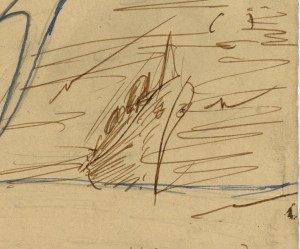
Ship
One broadside is a complete mystery, though. Why does it have two ships from different eras passing or a sketch of a dog? Instead of including the signatures of the men in the outfit, there is an illegible inscription at the top and a lot of shorthand at the bottom.
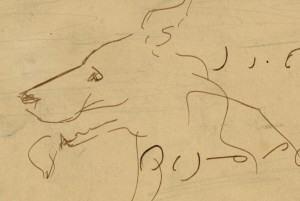
Dog
There are a few other unanswered questions. What brought the tank battalion to town? It was the only part of its division to see engagement; did their training here help them get there and get through? Were hand-drawn posters a typical thank you to towns they visited? And what on earth does this shorthand say?
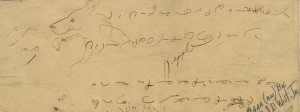
Shorthand
If you have the answer to these questions or know someone who was attached to any of these squadrons, we would love to hear from you! Please contact archives@wku.edu or leave a comment. Use the links below to take a closer look at the broadsides in TopScholar.
These and other university records are available for researchers to use in the Harrison-Baird Reading Room of the Kentucky Building, Monday-Saturday, 9 to 4.
Blog post written by WKU Archives Assistant Katherine Chappell.



